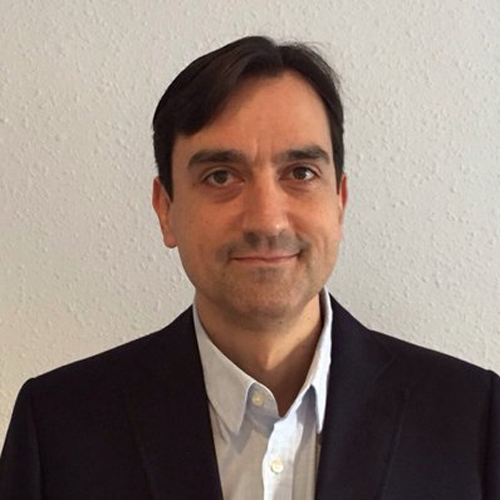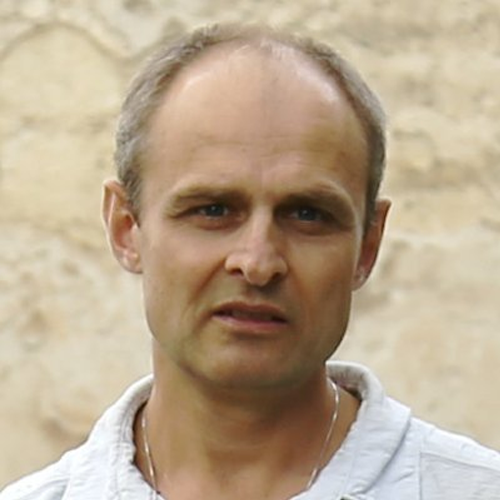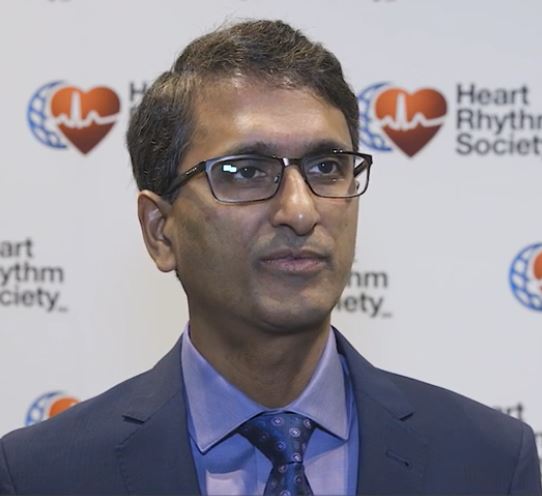13
Nov
2024
15:00
GMT
10:00
EST
16:00
CEST
Webinar
Conduction System Pacing: Recent Advances and Clinical Applications
-
Views:
 5349
5349
-
Likes:
 12
12
Overview
Conduction System Pacing: Recent Advances and Clinical Applications
Conduction system pacing (CSP) has significantly evolved in recent years, expanding from His bundle pacing to include left bundle branch pacing and left ventricular septal pacing. This webinar, led by Dr Pugazhendhi Vijayaraman, a renowned expert in the field, features presentations from esteemed faculty, Prof Marek Jastrzębski and Dr Oscar Cano. The session aims to provide an in-depth overview of the latest advancements in CSP, with a particular focus on the current role of His bundle pacing, new insights gained from the use of stylet-driven leads, and guidance on outpatient follow-up and troubleshooting for patients undergoing CSP.
In addition to exploring the application of CSP in bradycardia, this webinar will present emerging data on its use in patients with heart failure who require cardiac resynchronization therapy, particularly those with left bundle branch block or mixed conduction disease.
For further reading on conduction system pacing, explore the special focus issue curated by our moderator, Dr Pugazhendi Vijayaraman in AER Journal.
Faculty:

Óscar Cano

Marek Jastrzębski

Pugazhendhi Vijayaraman
Agenda
Key Learning Objectives
- To define the role of His bundle pacing in the era of left bundle branch area pacing (LBBAP)
- To describe the pros and cons of stylet-driven leads to achieve LBBAP
- To evaluate therapeutic options for left bundle branch block associated cardiomyopathy
- To analyze the role of conduction system pacing for cardiac resynchronization therapy and in patients with congenital heart disease
- To recognize and troubleshoot complications associated with conduction system pacing during follow-up
Target Audience
- Cardiologists with device implantations/follow-up experience
- Cardiac Electrophysiologists
- Advanced practitioners
- Physiologists
- Device Specialists
Faculty Biographies

Óscar Cano
Dr Óscar Cano is a cardiac electrophysiologist at the Hospital Universitari i Politècnic La Fe, in Valencia, Spain.

Marek Jastrzębski
Personal History
Prof Marek Jastrzębski is a heart rhythm specialist, professor and head of the EP Laboratory at Jagiellonian University in Kraków, Poland. He was the first electrophysiologist in Poland.1, 4
In his spare time, Prof Jastrzębski enjoys classic photography, snowboarding and beekeeping.1
Academic History
In 1995, Prof Jastrzębski graduated from Jagiellonian University, where he also obtained his doctorate in Medicine in 2003 and pursued his specialisation training in cardiology in 2006.2, 5
His scientific interests and main directions of research include cardiac electrophysiology and cardiac electrostimulation, resynchronization therapy, His-Purkinje system stimulation, and clinical electrocardiography.3
Career Overview
Prof Jastrzębski is the head of the EP Laboratory in the 1st Department of Cardiology and Interventional Electrocardiology at Jagiellonian University Collegium Medicum.
As the first electrophysiologist in Poland, he obtained both EHRA certificates (‘Clinical Cardiac Pacing’ in 2006 and ‘Invasive Electrophysiology’ in 2007) and both Polish Cardiac Society certificates (‘Expert in Electrophysiology’ and ‘Expert in Electrotherapy’). After short stays in several centres around Europe and the USA (London, St George's, Bad Krozingen, Germany, Lancaster, Pennsylvania), he introduced new treatment options in his EP lab and has performed over 6500 EP procedures.4
He has over 22 years of clinical experience, including over 5,000 self-performed interventional electrocardiology procedures (ablations, resynchronization, electrostimulation) and many pioneering procedures in the macroregion scale.2
Prof Jastrzębski has published over 200 papers and especially values his CRT research, the “VT score method” for diagnosis of wide QRS complex tachycardias and the introduction of the “programmed His bundle pacing” manoeuvre.4
Career Timeline
- 1995 - Present: Assistant Professor, Department of Cardiology, Interventional Electrocardiology and Hypertension, University Hospital, Kraków, Poland
- 2016 - Present: Professor, Jagiellonian University
- Present: Head, EP Laboratory, Jagiellonian University
Areas of Speciality
- Cardiac electrophysiology
- Cardiac electrostimulation
- Resynchronization therapy
- Clinical electrocardiography
Sources
- https://twitter.com/marek_jastrz_ep
- http://daszmed.pl/dr-hab-med-marek-jastrzebski/
- https://ikard.cm-uj.krakow.pl/o-instytucie/rada-ik/marek-jastrzebski/
- https://esc365.escardio.org/person/43893
- http://www.heartrhythmcongress.org/speakers/view/1014
- https://iasi-arrhythmia.ro/en/marek-jastrzebski/

Pugazhendhi Vijayaraman
Dr Pugazhendhi Vijayaraman obtained his medical degree from Madurai Medical College and completed his residency at Jacobi Medical Center. He completed his fellowships in cardiovascular diseases and clinical cardiac electrophysiology at the Albert Einstein College of Medicine of Yeshiva University, Montefiore Medical Center.
Dr Vijayaraman specialises in cardiac electrophysiology, cardiac ablations, cardiac device implantation, His bundle pacing and Watchman. His clinical interests include electrophysiology. He is board certified by the American Board of Internal Medicine in internal medicine, cardiovascular disease and clinical cardiac electrophysiology.







